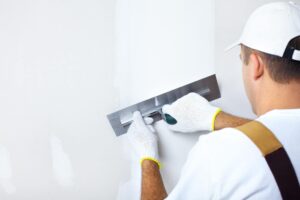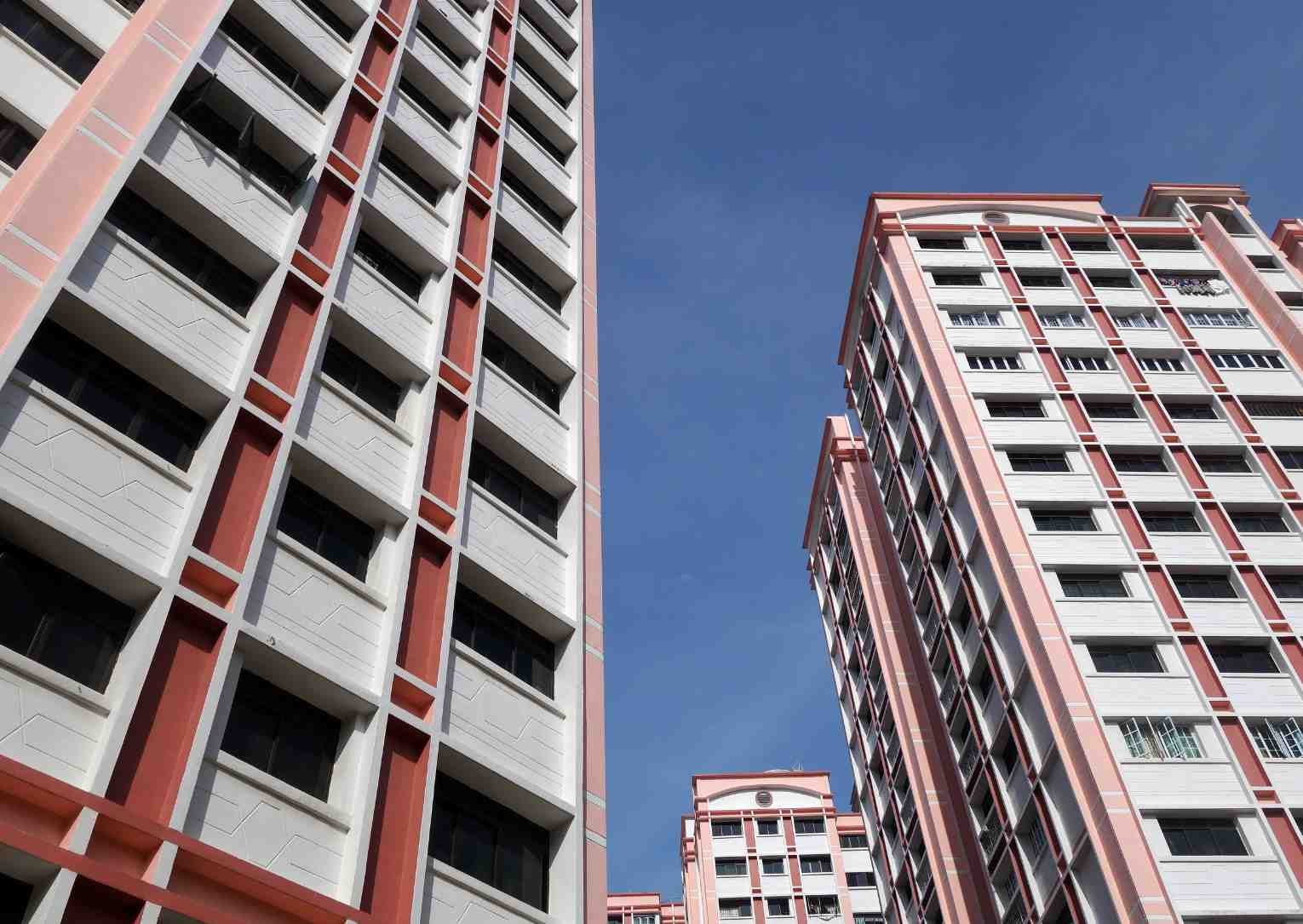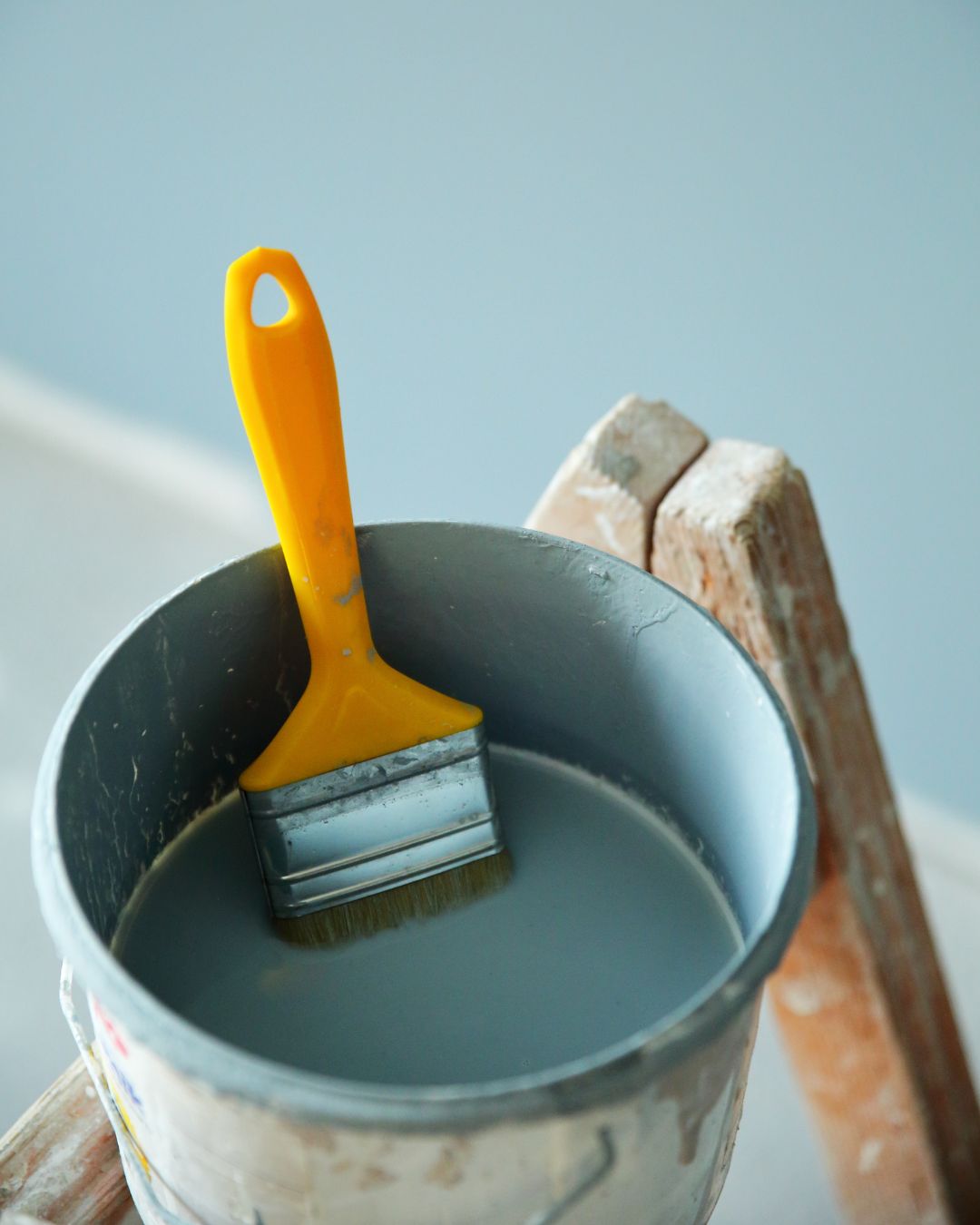
Essential Guide to Wall Plastering: Techniques and Tips for Success
Introduction to Plastering
What is wall plastering? Wall plastering is the process of applying a protective and decorative layer to walls and ceilings, commonly used in construction and renovation projects.
Plastering is a crucial step in the construction and renovation process, providing a smooth and durable finish to walls and ceilings. It is important to know the basics of plastering to ensure the best results.
The plaster is applied to brick walls, concrete, and other surfaces to create a uniform and aesthetically pleasing finish—that is, a surface that is both functional and visually appealing. People, including both professional plasterers and DIY enthusiasts, perform plastering to protect and beautify surfaces. In a house, wall plastering is especially important during home renovation to address issues like aging walls and humidity.
Wall plastering services are essential for homeowners and builders to achieve a high-quality finish for a long-lasting and attractive result. You need to use the correct techniques and materials to ensure the plaster adheres properly and lasts. If you are starting a plastering project, make sure to prepare the surface thoroughly and follow best practices.
Plastering is a skilled trade that requires attention to detail and the right techniques to ensure a successful outcome.
Types of Plaster
There are several types of plaster, including cement plaster, lime plaster, and gypsum plaster, each with its own unique characteristics and benefits. You can use cement plaster for exterior walls and ceilings, lime plaster for historic building restoration, and gypsum plaster for interior surfaces, depending on the specific requirements of your project.
Cement plaster is a popular choice for exterior walls and ceilings due to its durability and weather-resistance. When applying plaster to exterior surfaces, proper preparation and technique are essential for a smooth, long-lasting finish.
Lime plaster is a breathable and flexible option, often used in historic building restoration and preservation.
Gypsum plaster is a versatile and fire-resistant choice, ideal for interior surfaces. It can be finished with a smooth texture, and with a careful application, you can achieve seamless results.
Preparation for Plastering
Before plastering, the surface of the wall or ceiling needs to be cleaned and any damage is to be repaired to ensure it is ready to be plastered.
The work area should be cleared of furniture and debris, and the surface of the wall should be treated with PVA glue to ensure a strong bond between the plaster and the surface. It is important that the wall is completely dry before applying the glue.
The plaster is mixed with water to create a workable paste, and the right tools, such as a hawk board and trowel, are used to apply and smooth the plaster on the surface of the wall.
Plastering Tools and Materials
The right tools and materials are essential for successful plastering, including a hawk board, trowel, and plaster mix.
A hawk board is used to hold and carry the plaster, while a trowel is used to apply and smooth the plaster.
The plaster mix should be of high quality and suitable for the specific type of plastering being done.
Applying Cement Plaster
Cement plaster is applied in several layers, each allowed to set before the next is applied. If the process is not followed correctly, you will likely experience cracks, poor adhesion, or uneven surfaces. The plaster is to be mixed with sand and water to create a workable paste, and applied to the surface using a trowel. The plaster is then smoothed and finished using a variety of techniques and tools.
Plastering Walls
Plastering walls requires a high degree of skill and attention to detail to achieve a smooth and even finish.
The plaster is applied in sections, working from the bottom up to prevent drips and runs.
The surface of the wall is then smoothed and finished using a trowel and other specialized tools.
Plastering and Ceilings
Plastering and ceilings are closely linked in both construction and renovation projects, as the ceiling is often one of the largest and most visible surfaces in any room. Achieving a smooth and flawless finish on ceilings requires careful planning and the right approach. The choice of plaster is crucial—cement plaster is a reliable option for ceilings because it is durable and stands up well to moisture, making it ideal for kitchens, bathrooms, and other high-humidity areas. For older homes or spaces with unique architectural details, lime plaster is a preferred type, as it offers flexibility and breathability, helping to preserve the integrity of the structure.
When tackling a ceiling plastering job, it’s important to use the correct tools, such as a sturdy trowel and a quality hawk board, to ensure the plaster is applied evenly and smoothly. Professionals in wall plastering services are skilled in handling the challenges that come with working overhead, such as preventing drips and achieving a consistent finish across the entire surface. Their expertise can make a significant difference in the final appearance and longevity of the ceiling.
Whether you are renovating a single room or undertaking a larger construction project, understanding the different types of plaster and their applications for ceilings will help you achieve the best results. By working with experienced professionals and selecting the right materials, you can ensure that your ceilings are not only visually appealing but also built to last.
The Process of Plastering
The process of applying plaster to walls involves several stages, including preparation, application, and finishing.
Each stage requires attention to detail and the right techniques to ensure a successful outcome.
The plaster is applied in layers, each allowed to set before the next is applied. With a smooth trowel, the final coat is finished to achieve a seamless surface.
Of Plastering Techniques
There are several plastering techniques, including hand-troweling and machine-applied plastering.
Each technique has its own unique characteristics and benefits, and the right technique should be chosen based on the specific requirements of the job.
The technique used will depend on the type of plaster, the surface being plastered, and the desired finish.
Of Plaster Maintenance
Plaster maintenance is essential to ensure the longevity and durability of the plaster.
Regular cleaning and inspection can help to identify and address any issues before they become major problems.
Repairs should be made promptly to prevent further damage and maintain the integrity of the plaster.
Need to Prepare the Surface
Before plastering, the surface needs to be cleaned, repaired, and treated with PVA glue to be properly prepared for the application.
The surface should be free of debris, dust, and other contaminants to ensure a strong bond between the plaster and the surface.
The right preparation will depend on the type of surface being plastered and the specific requirements of the job.
Smooth and Even Finish
A smooth and even finish is essential for plastering, and can be achieved through the use of the right techniques and tools.
The plaster should be applied in thin layers, each allowed to set before the next is applied.
The surface should be smoothed and finished with a trowel and other specialized tools.
Plaster a Wall or Ceiling
To plaster to a wall or ceiling, it is essential to have the right tools and materials, including a hawk board, trowel, and plaster mix.
The surface of the wall should be prepared by cleaning and repairing any damage, and treating with PVA glue.
The plaster is then applied in layers, each allowed to set before the next is applied, and smoothed and finished using a trowel and other specialized tools.
Is the Final Step
The final step in the plastering process is to finish and inspect the surface, making any necessary repairs or touch-ups.
The surface should be smooth and even, with no defects or imperfections.
The plaster should be allowed to set and dry completely before applying paint or decorating.
Safety Precautions
Safety precautions are essential when plastering, including wearing protective clothing and eyewear.
The work area should be well-ventilated, and the plaster should be mixed and applied in a well-ventilated area.
The right safety equipment, such as a dust mask and safety glasses, should be worn at all times when working with plaster.
Hiring a Professional
Hiring a professional plasterer can be the best option for homeowners and builders who want a high-quality finish.
A professional plasterer will have the right skills, tools, and experience to ensure a successful outcome.
They will be able to advise on the best type of plaster and techniques to use, and will be able to complete the job quickly and efficiently.
For comprehensive renovation services, consider a team that includes skilled painters alongside plasterers to achieve the best results.
DIY Plastering
If you are considering DIY plastering, make sure to assess your skill level and understand the process before starting.
DIY plastering can be a cost-effective option for small jobs and repairs, but you need to have the right skills and knowledge. You will likely face issues such as uneven surfaces or cracks if the proper technique is not used.
The right tools and materials should be used, and the surface should be prepared properly.
It is essential to follow safety precautions and take the necessary time to complete the job correctly.
Troubleshooting Common Problems
Common problems with plastering include cracks, uneven surfaces, and poor adhesion.
These problems can be caused by a variety of factors, including poor preparation, incorrect mixing, and inadequate application. It is important to ensure that the surface is properly prepared and that the correct materials are used so that the repairs are effective.
The right techniques and tools should be used to repair and fix any issues, and the surface should be inspected regularly to identify and address any problems early on.
Environmental Considerations
Environmental considerations are essential when plastering, including the use of eco-friendly materials and minimizing waste.
The right type of plaster should be chosen based on the specific requirements of the job and the environmental impact.
The plastering process should be carried out in a way that minimizes dust and mess, and the work area should be cleaned and tidied regularly.
Cost and Budgeting
The cost of plastering will depend on the type of plaster, the size of the area being plastered, and the complexity of the job.
A budget should be established before starting the job, and the right materials and tools should be chosen based on the budget.
It is essential to consider the long-term benefits and cost savings of plastering, including the durability and low maintenance of the finish.
When budgeting for repairs or renovations, special consideration should be given to older HDB flats, as they may require additional work due to surface damage or structural concerns.
Conclusion
In conclusion, plastering is a fundamental part of any construction or renovation project, playing a key role in both the appearance and durability of your home or building. By familiarizing yourself with the various types of plaster—such as cement plaster for its strength and weather resistance, and lime plaster for its flexibility and breathability—you can make informed choices that suit your specific needs, whether you’re working on brick walls, ceilings, or other surfaces.
A smooth and even finish is the hallmark of quality plastering, and achieving this requires the right tools, techniques, and expertise. Wall plastering services provided by skilled professionals can help ensure that every aspect of the job, from preparation to the final finish, meets the highest standards. The benefits of investing in professional plastering include enhanced durability, improved aesthetics, and better protection for your walls and ceilings against moisture and daily wear.
Ultimately, whether you are a homeowner looking to refresh your space or a professional managing a large-scale construction project, prioritizing high-quality plastering will deliver lasting value. With the right approach and expert guidance, you can enjoy beautiful, resilient walls and ceilings that stand the test of time.
Need Professional Wall Plastering in Singapore?
At Singapore Painting Service, we provide expert wall plastering services to give your walls and ceilings a smooth, durable finish. Whether it’s HDB flats, condos, landed homes, or commercial spaces, our skilled team ensures professional results that last.
From wall repair and ceiling plastering to full-room resurfacing, we use high-quality materials and proven techniques to deliver a flawless finish.
Contact Singapore Painting Service today to get a free consultation and transform your walls with professional plastering that enhances both appearance and durability.
Get Your FREE
Quotation Now!
Phone
+6587480535




